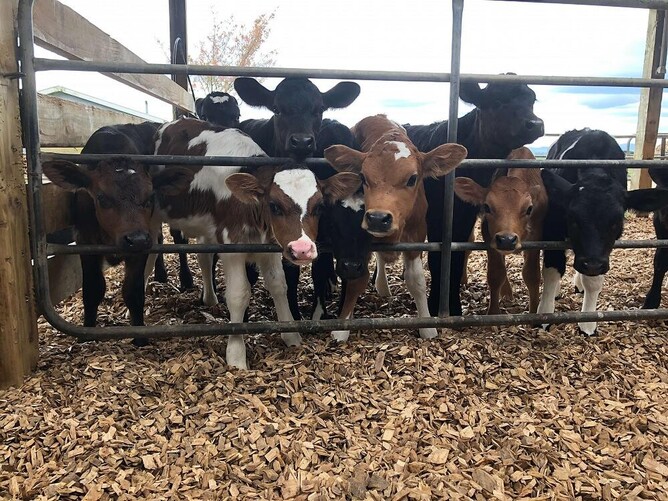Keeping a dairy mating programme in high gear requires a daily commitment to following protocols and investing the necessary time to make it work.
Establishing a pregnancy is a step-by-step process that begins in the previous lactation. Fresh cows are uniquely challenged by the stress of calving and a suppressed immune system at a time in which their energy intake cannot keep up with demands. The result is a negative energy balance and a greater risk of metabolic and reproductive diseases such as metritis.Transition cow management is critical to prepare cows for calving, as well as providing the nutrients they need to improve their energy status. With a delayed return to a positive energy balance, recently calved cows will not return to healthy reproductive cyclicity, causing delays in conception. Even after cows return to healthy cycling, additional factors will impact their reproductive efficiency:
- Missed heats: Cows that aren’t bred when in oestrus will not become pregnant.
- Reproductive disease: Several diseases can have a major impact on cows becoming pregnant, retaining an embryo and carrying a foetus to full term.
- Ovarian function: Cows that have ovaries that are static, anovular or have ovarian cysts are cows that will have low fertility and likely will fail to exhibit estrus or become pregnant.
- Environment: Cows that are stressed by socialisation, housing or weather extremes will experience reduced fertility.
- Noncompliance of protocols: Delaying or missing a step in a synchronisation/non-cycler treatment programme can reduce its effectiveness tremendously.
Make Good Repro Great
1. Dedicated and consistent efforts
- Successful reproduction requires absolute commitment by all involved.
- Dedicated heat detection and insemination by AI tech.
- Accurate execution of synchronisation programmes in line with your KeyVet’s recommendation.
2. Well researched tools
- Choose reproduction tools and heat detection aids that have a proven track record of success. We have experience using many methods so we are happy to discuss with you what might improve your heat detection.
- Avoid products and programmes that lack a scientific basis.
- Use only well-researched synchronization/non-cycler treatment programmes.
3. Early non-cycler identification
- Non-cycling cows must be identified accurately and quickly. Ideally before planned start of mating to allow for the best response to treatments.
4. Proper nutrition and management
- Properly transitioning cows before calving.
- A balanced post-calving diet which changes with grass quality and production.
- Stressors that reduce fertility should be reduced or eliminated.
5. Disease protection
- Ensure good trace element levels to have the best immunity and fertility in your herd. Book in for routine TE testing!
- Vaccinations must safeguard reproduction.
- Herd vaccination programmes should help protect against reproductive diseases that decrease fertility and increase risk of abortions like BVD.
Repro dials down to getting the basics right. While mother nature can throw what she wants at us, having your team and your herd ready for repro season ahead of time will make life easy. Our experienced KeyVet team are here to help you get there.
--------
Zoetis New Zealand Limited. Tel: 0800 963 847; www.zoetis.co.nz. CIDR is a registered trade mark of InterAg. ACVM No. A4559

